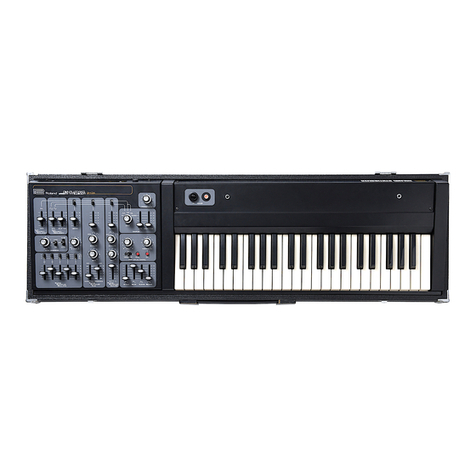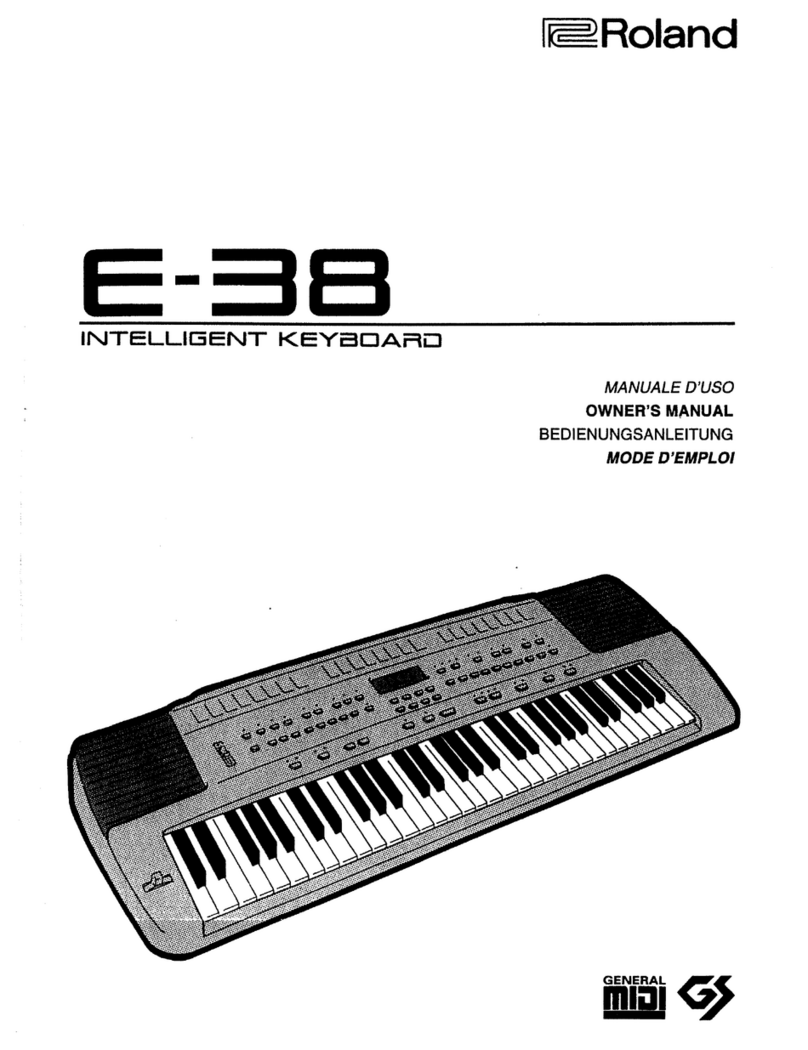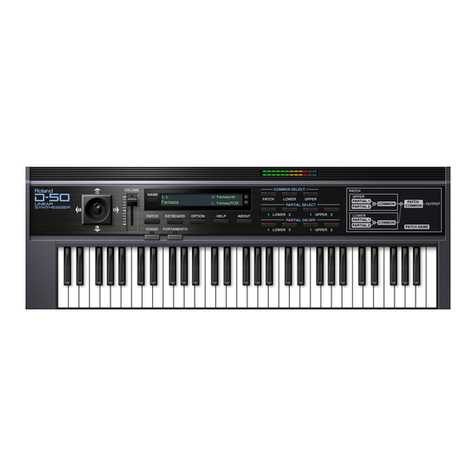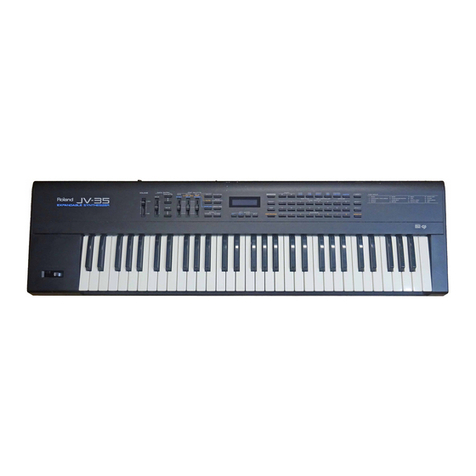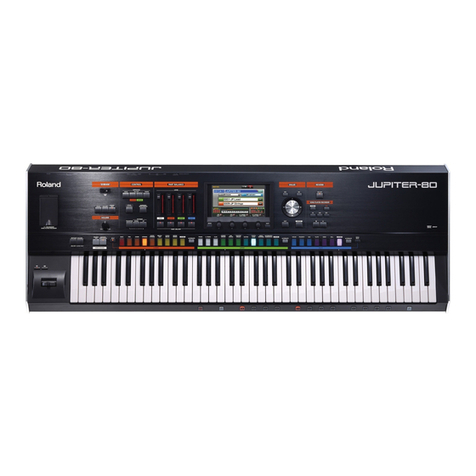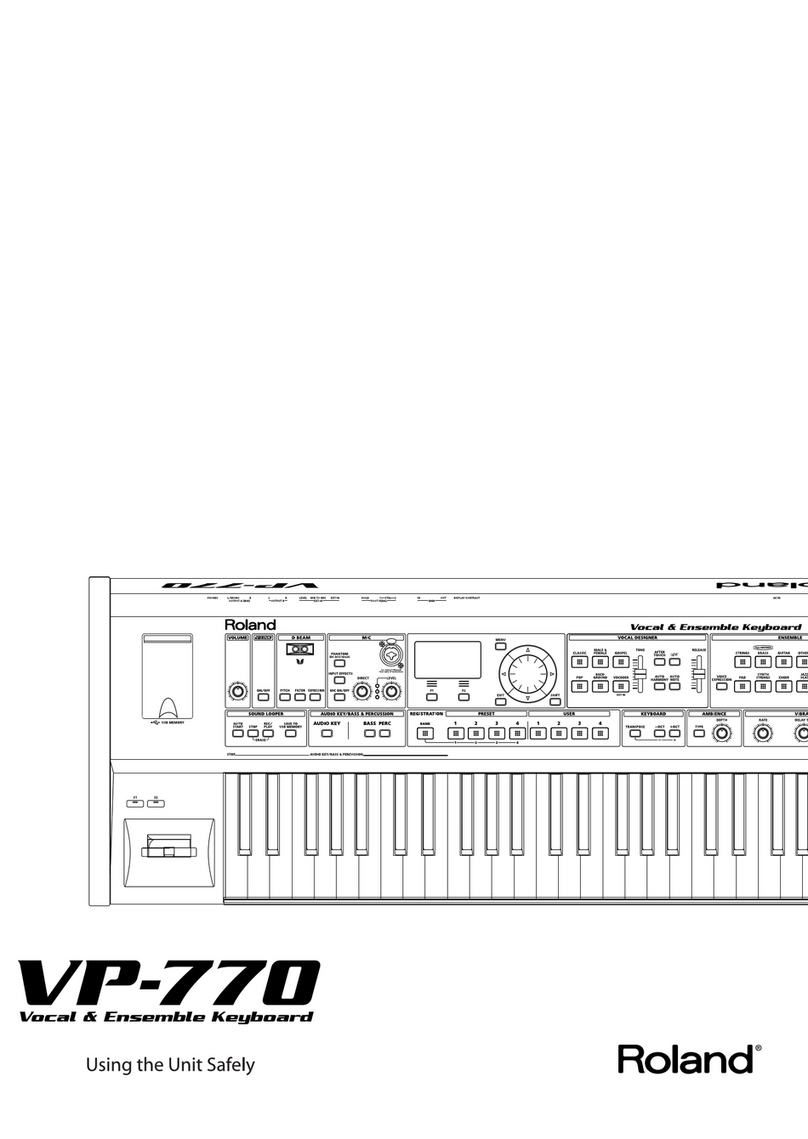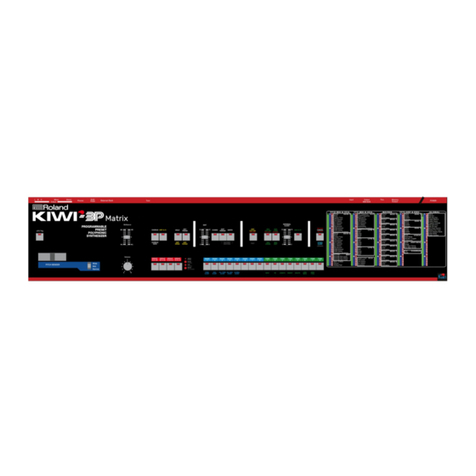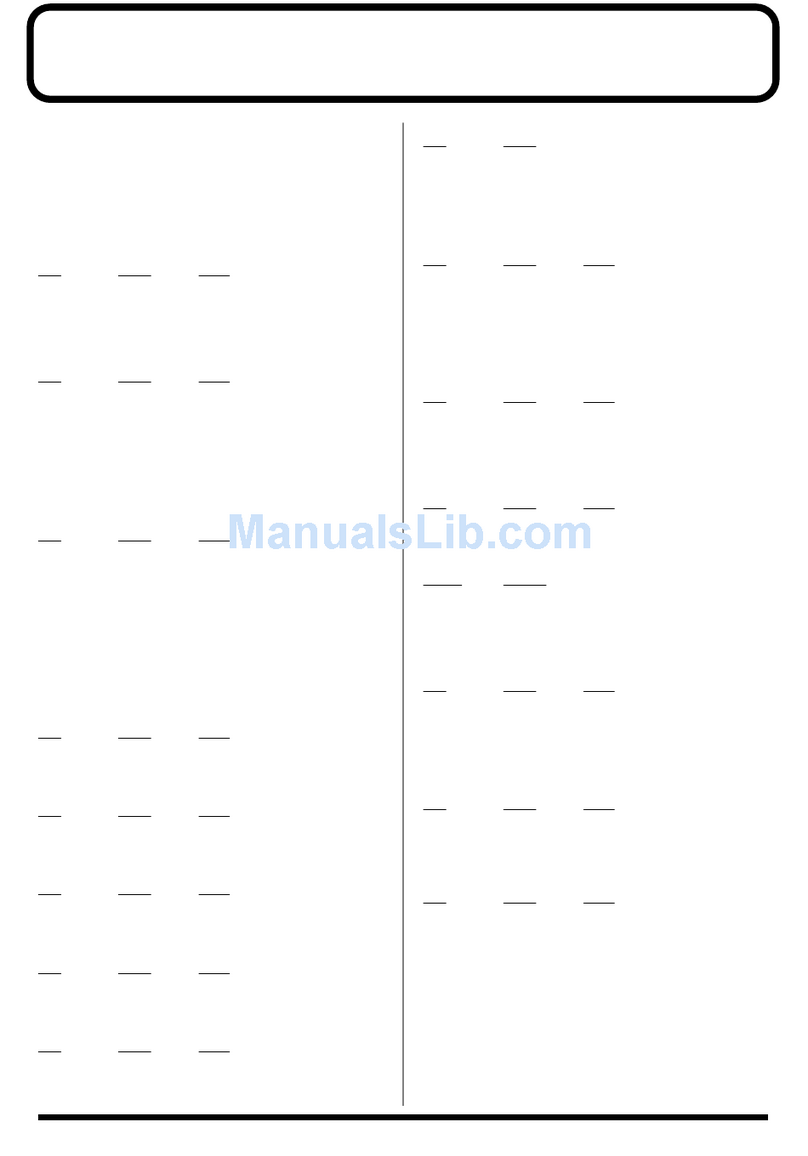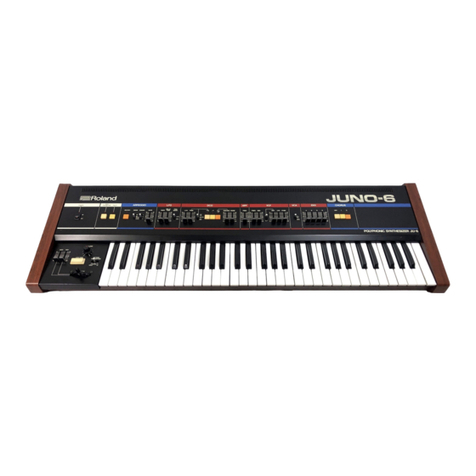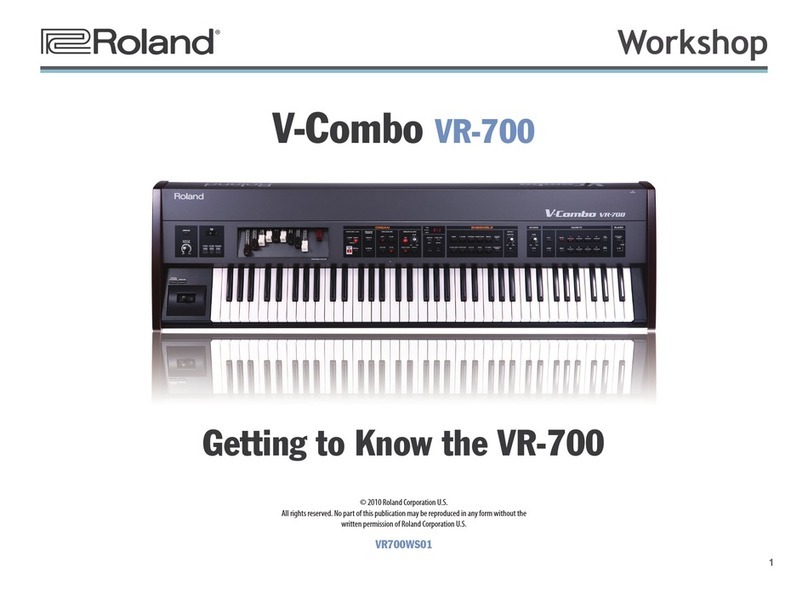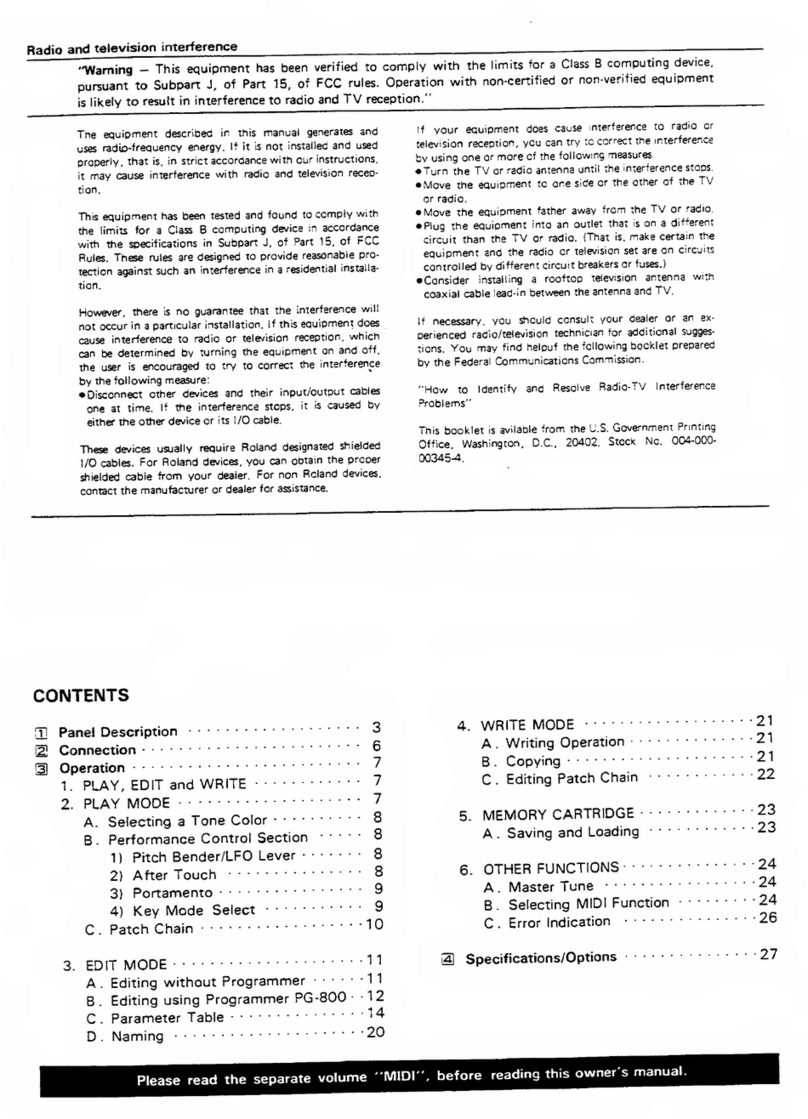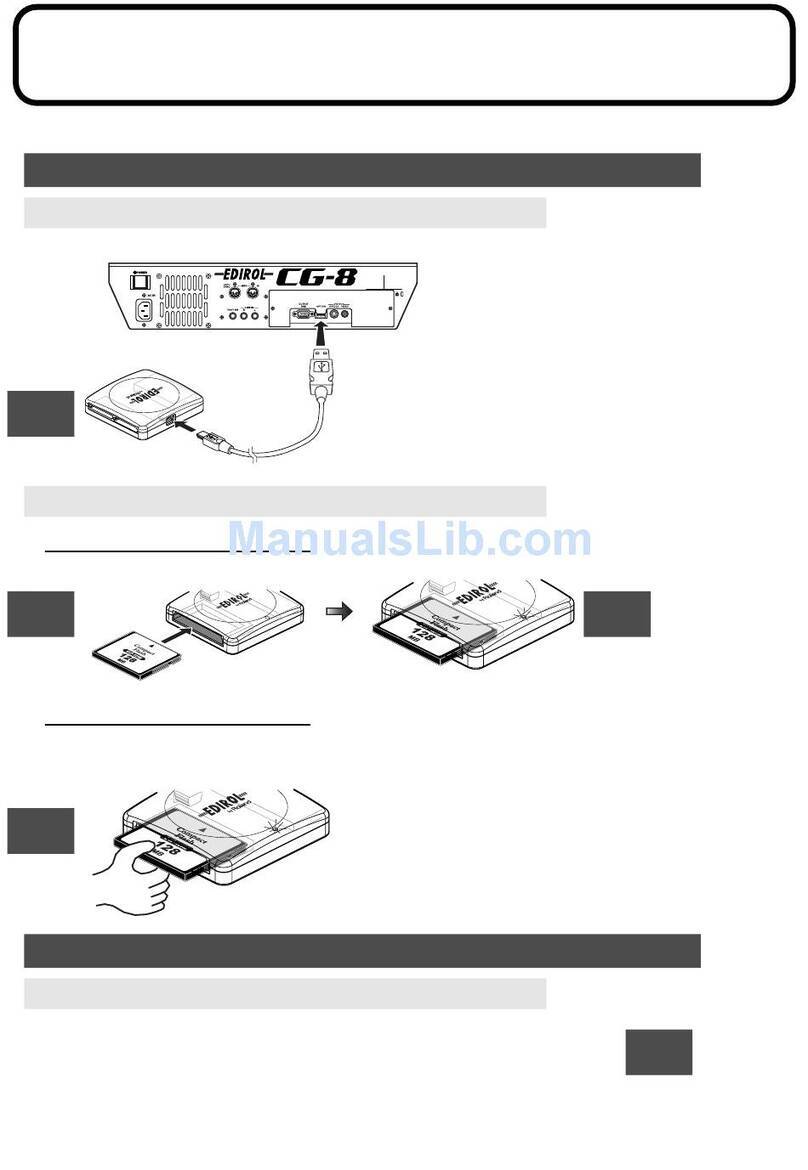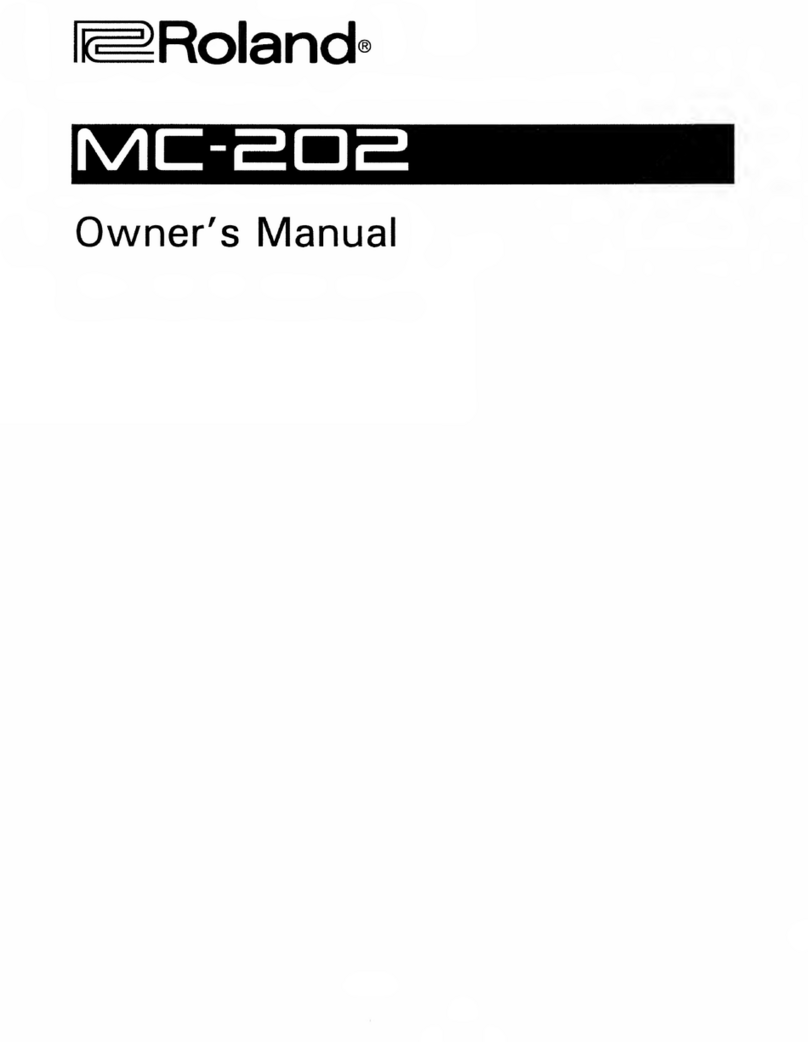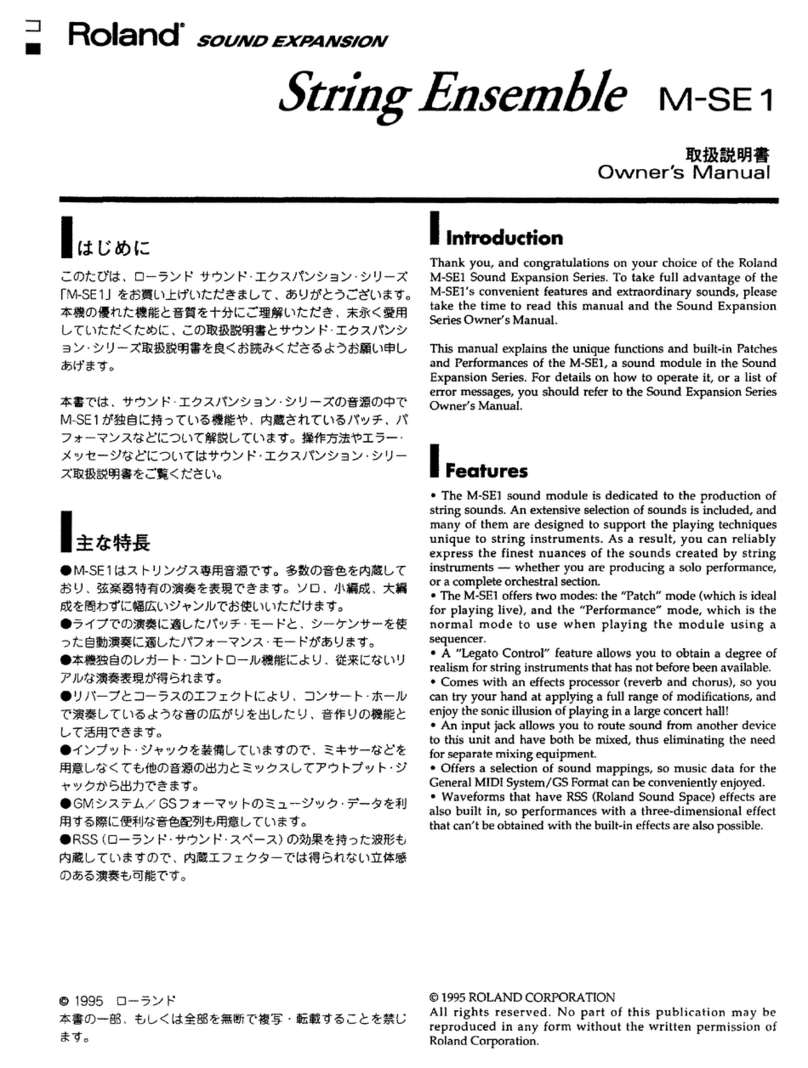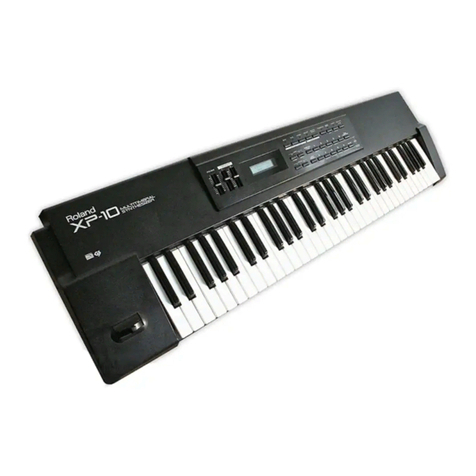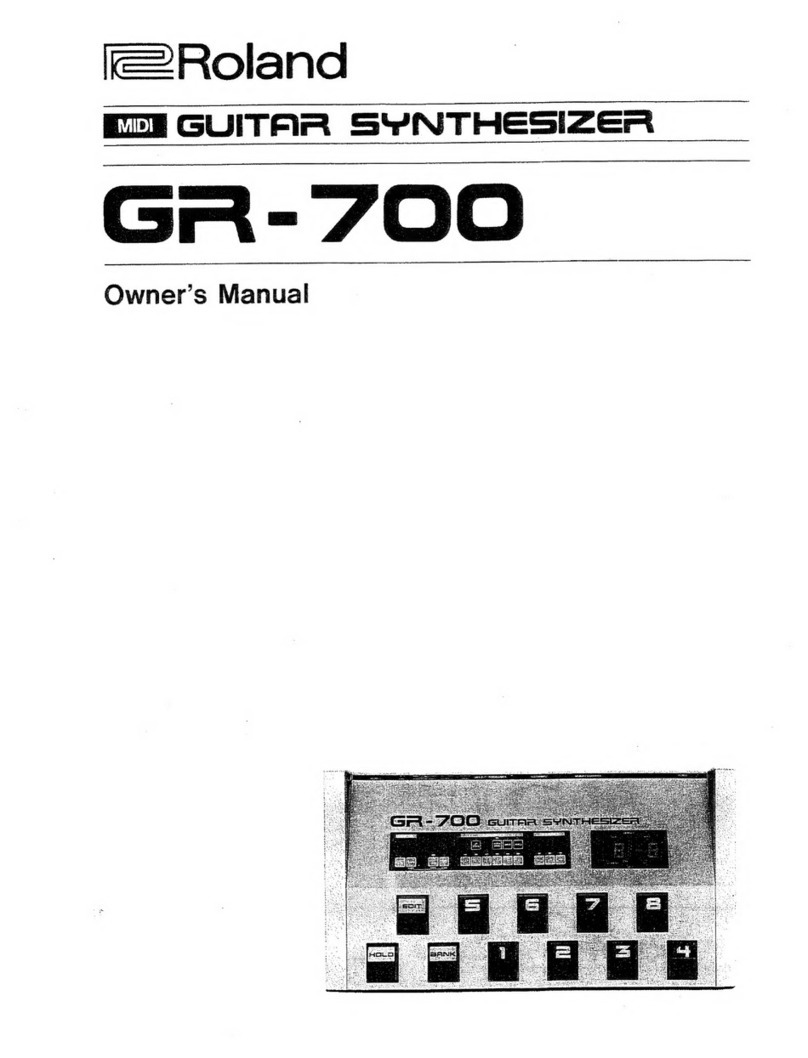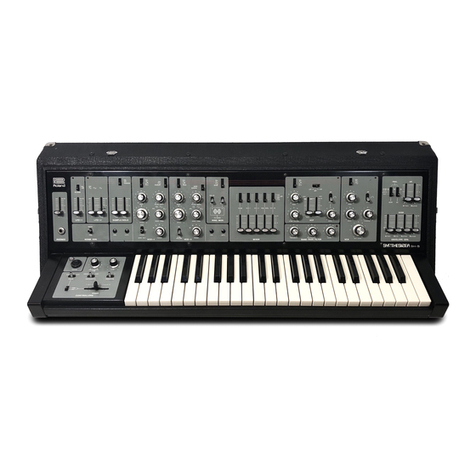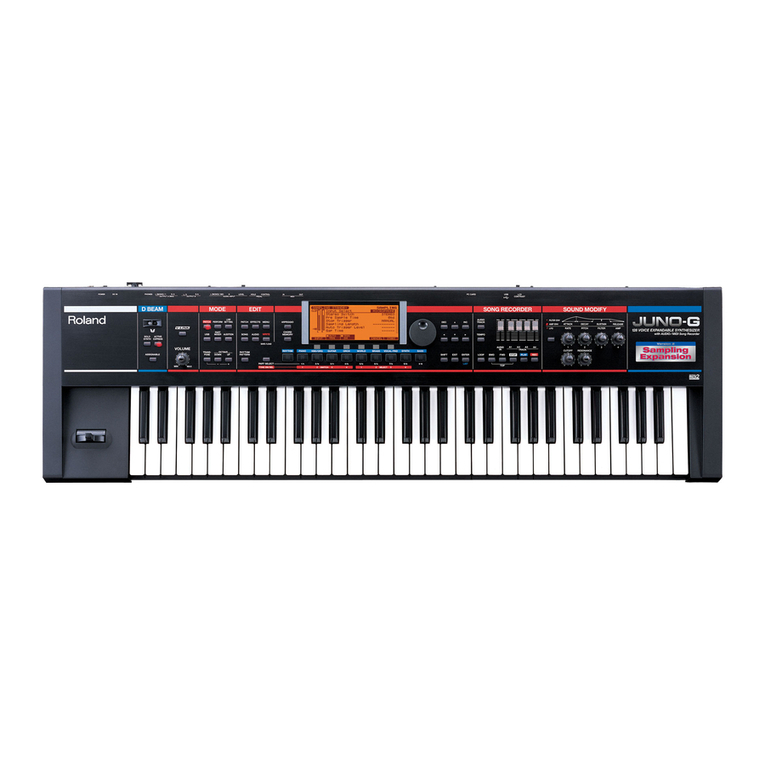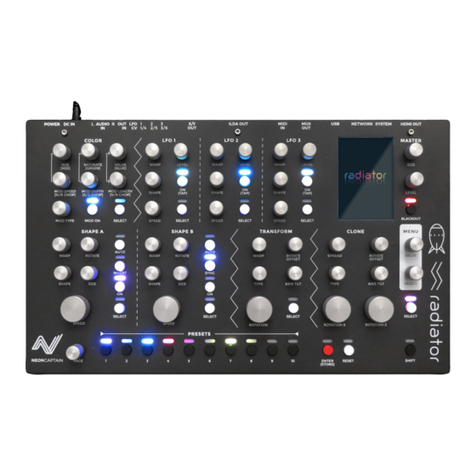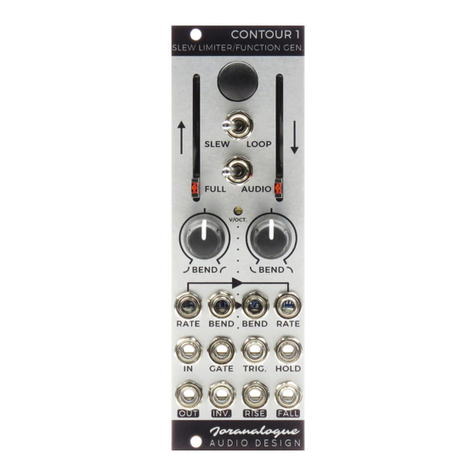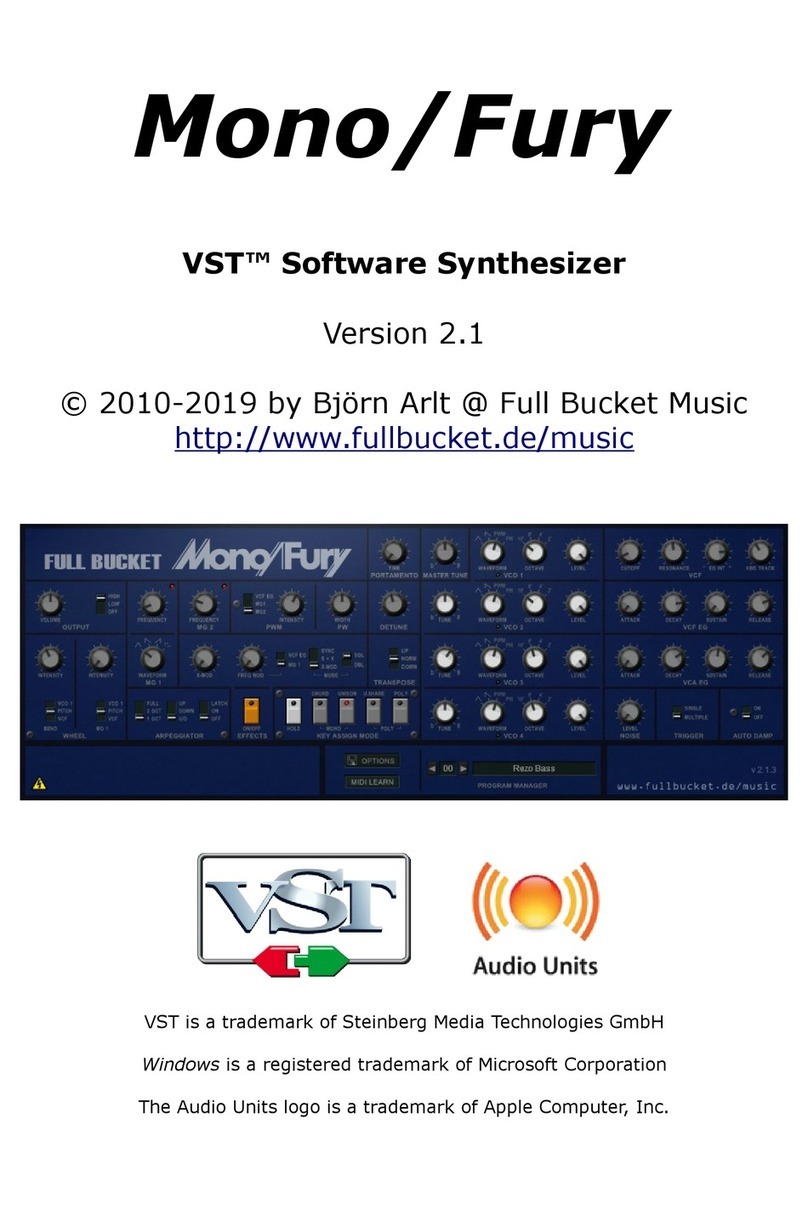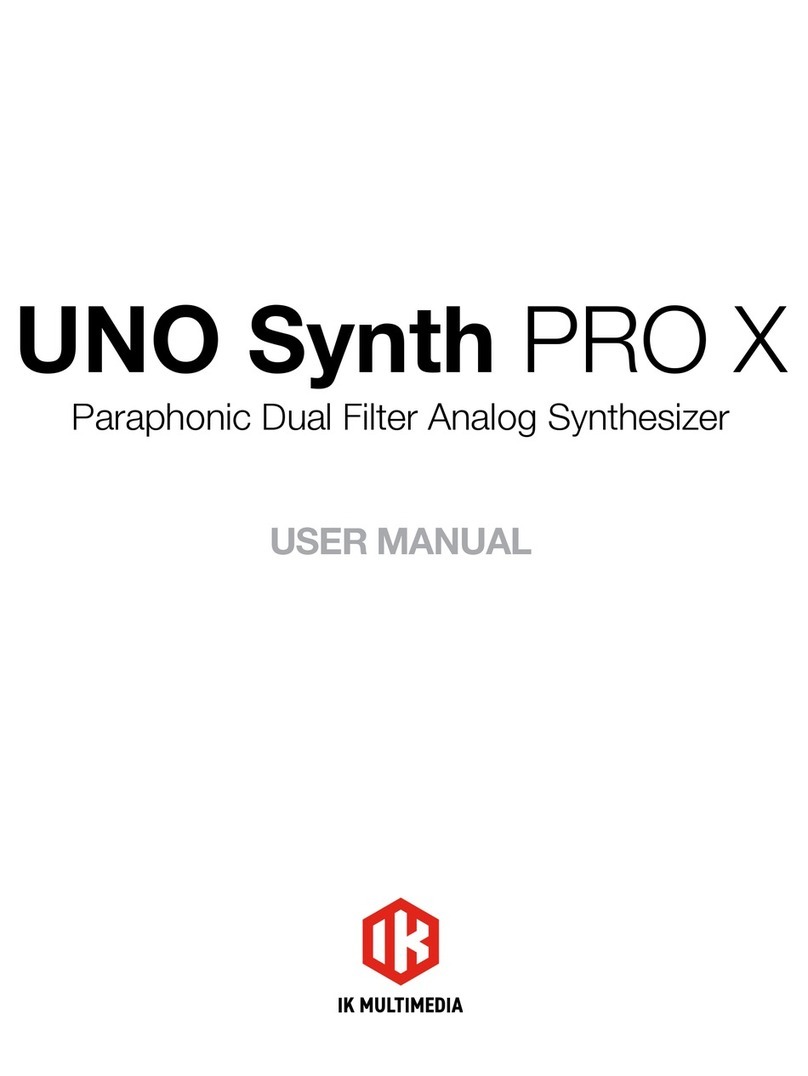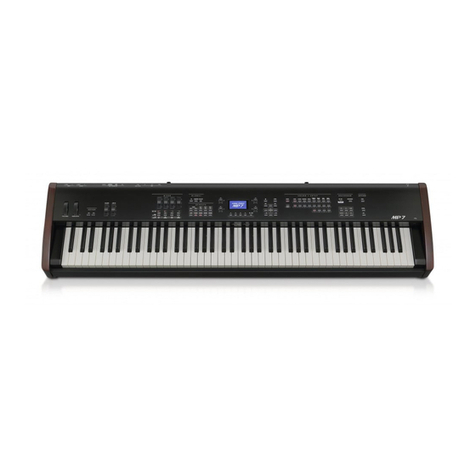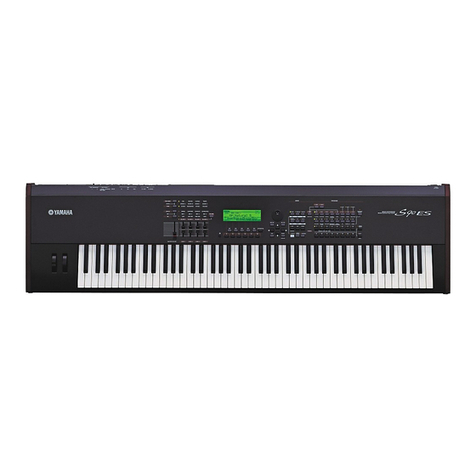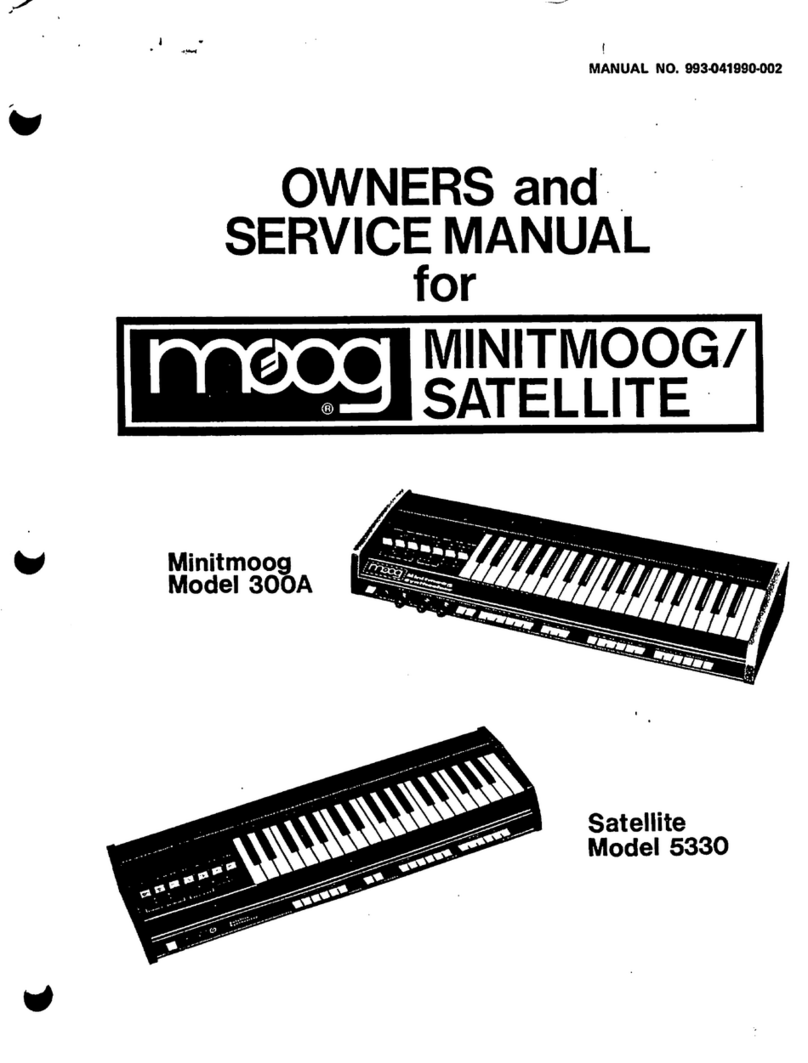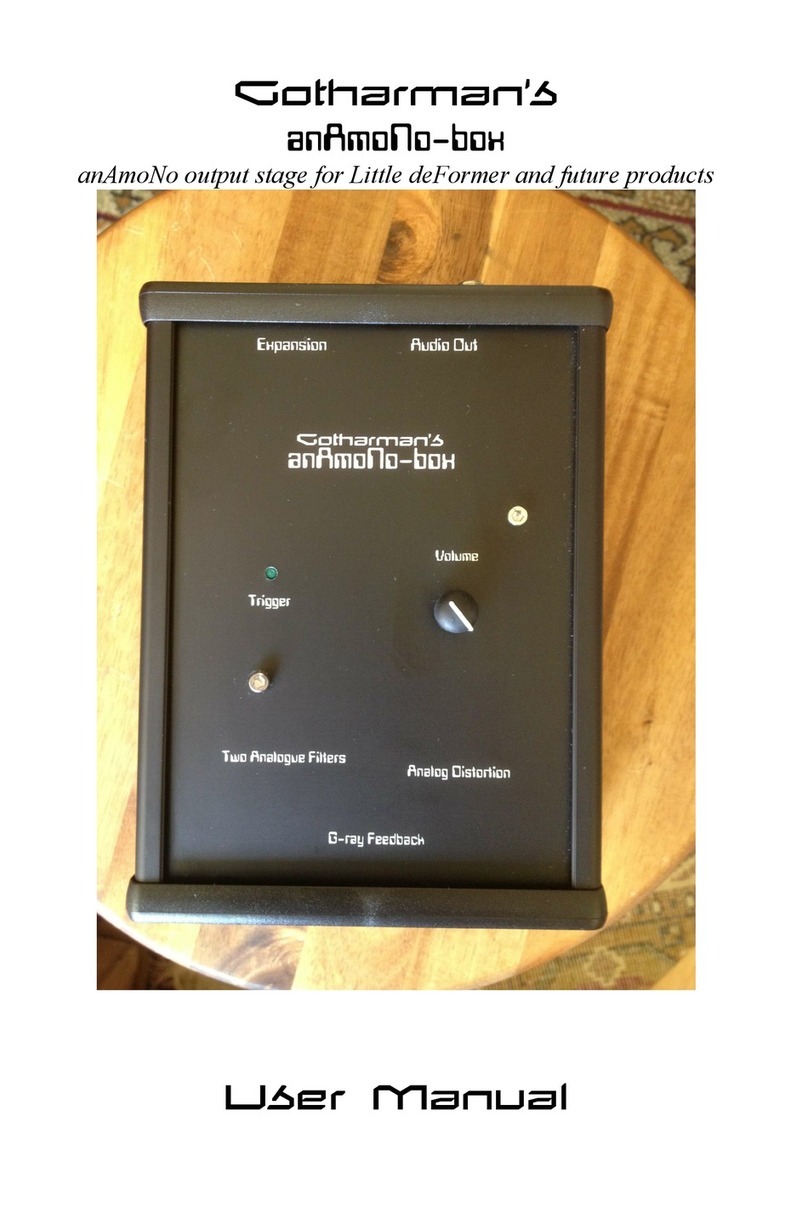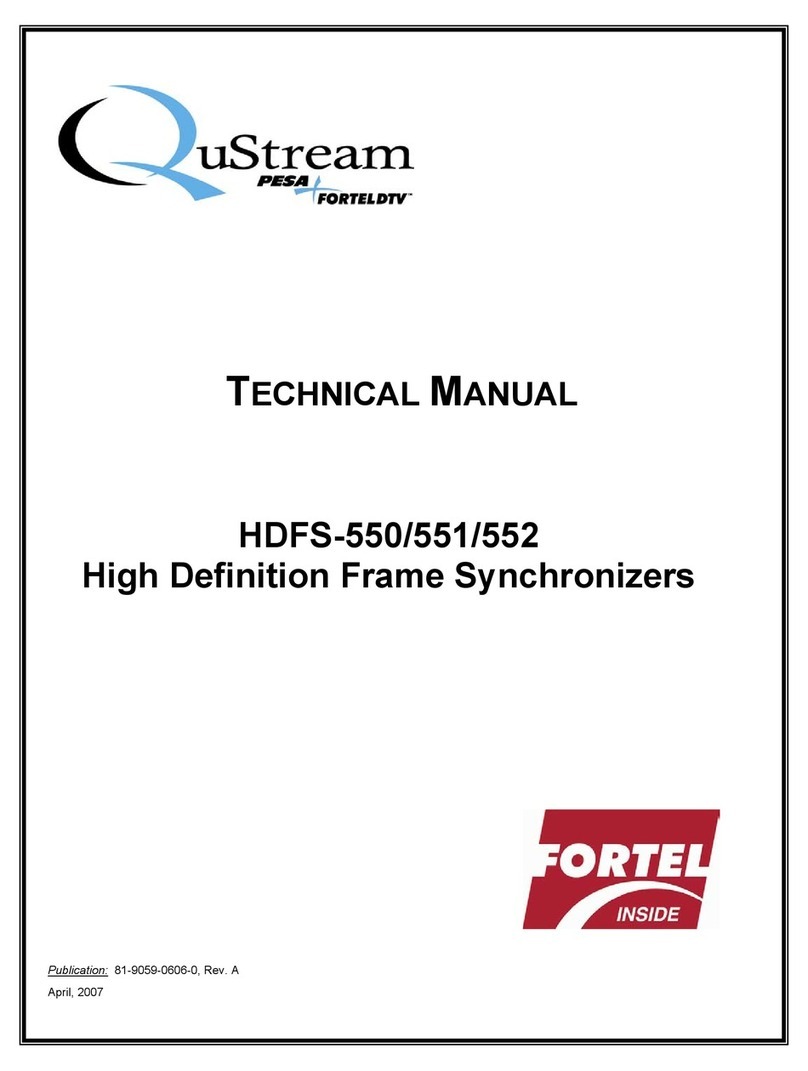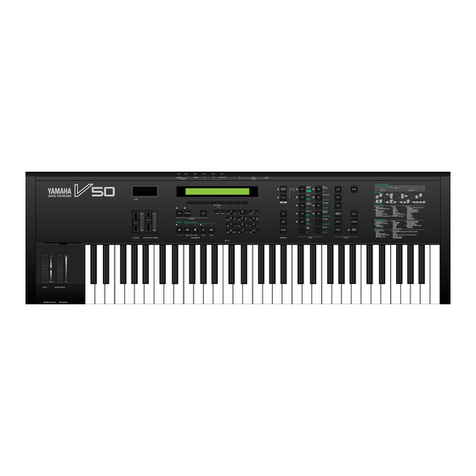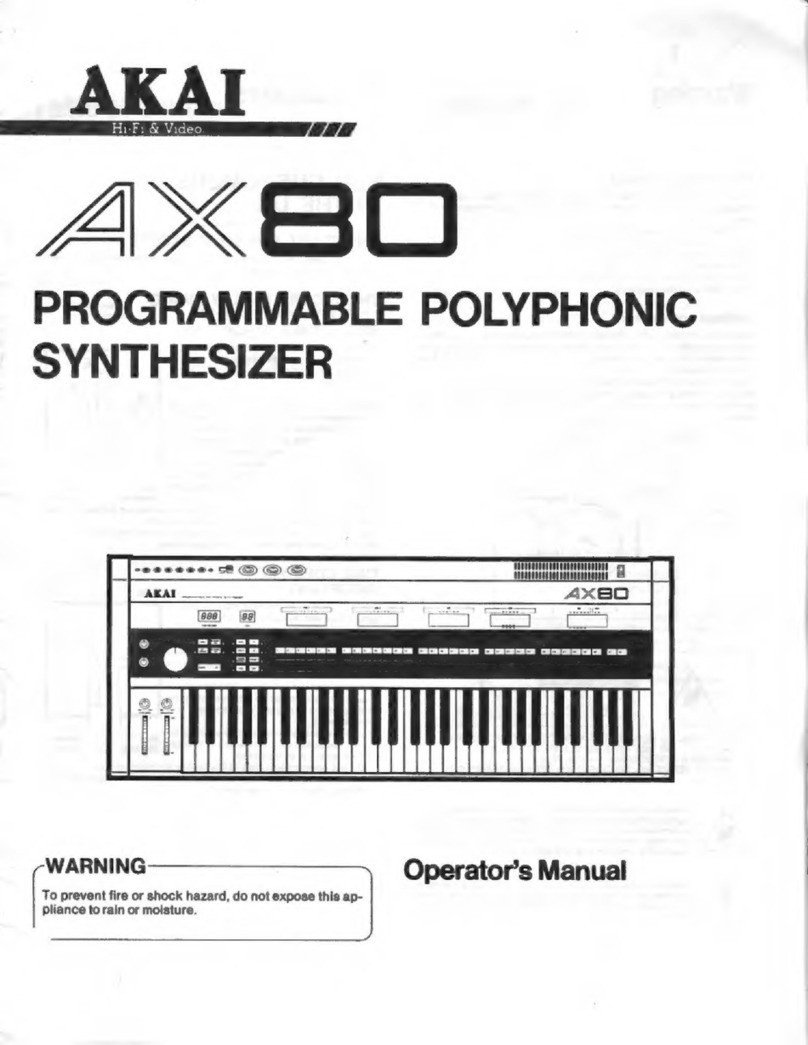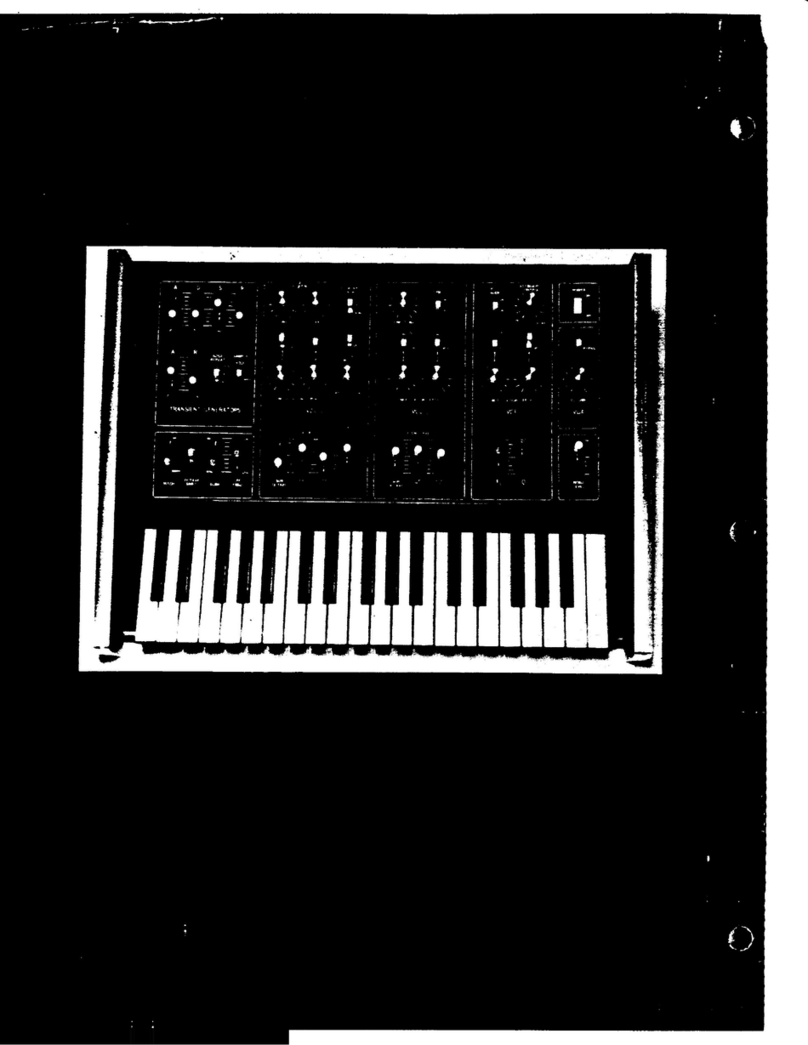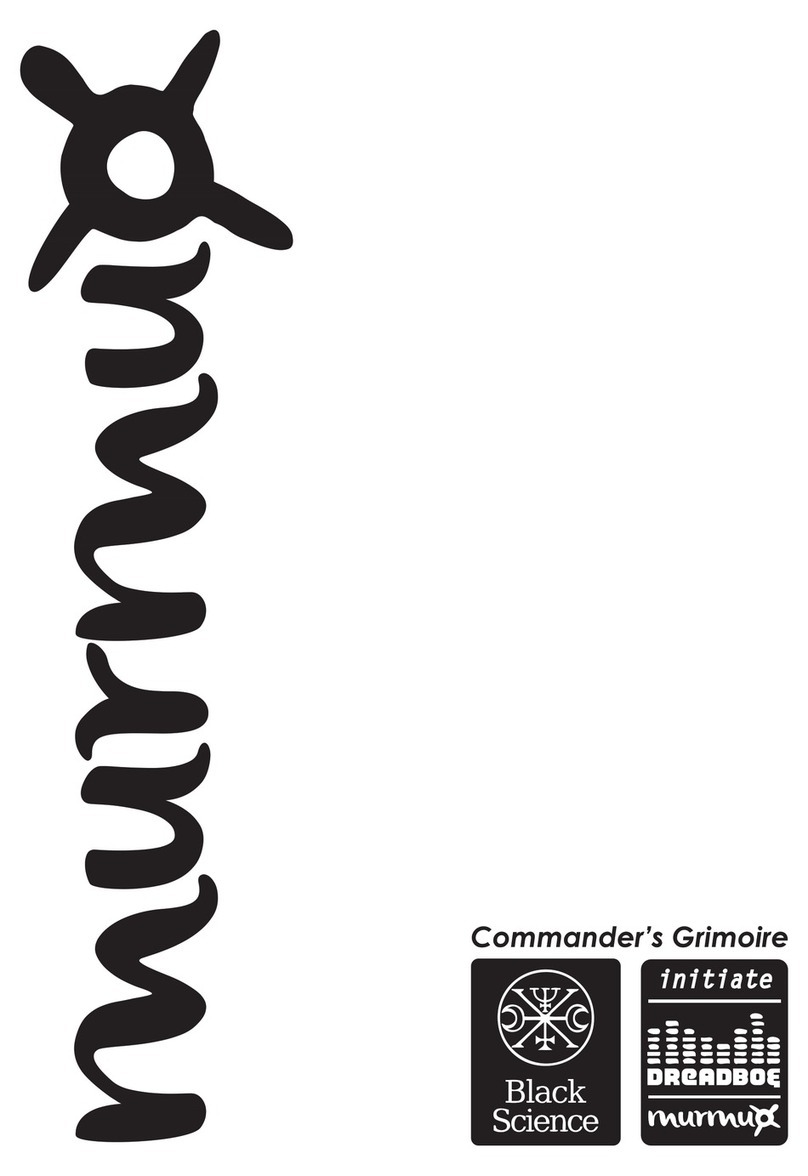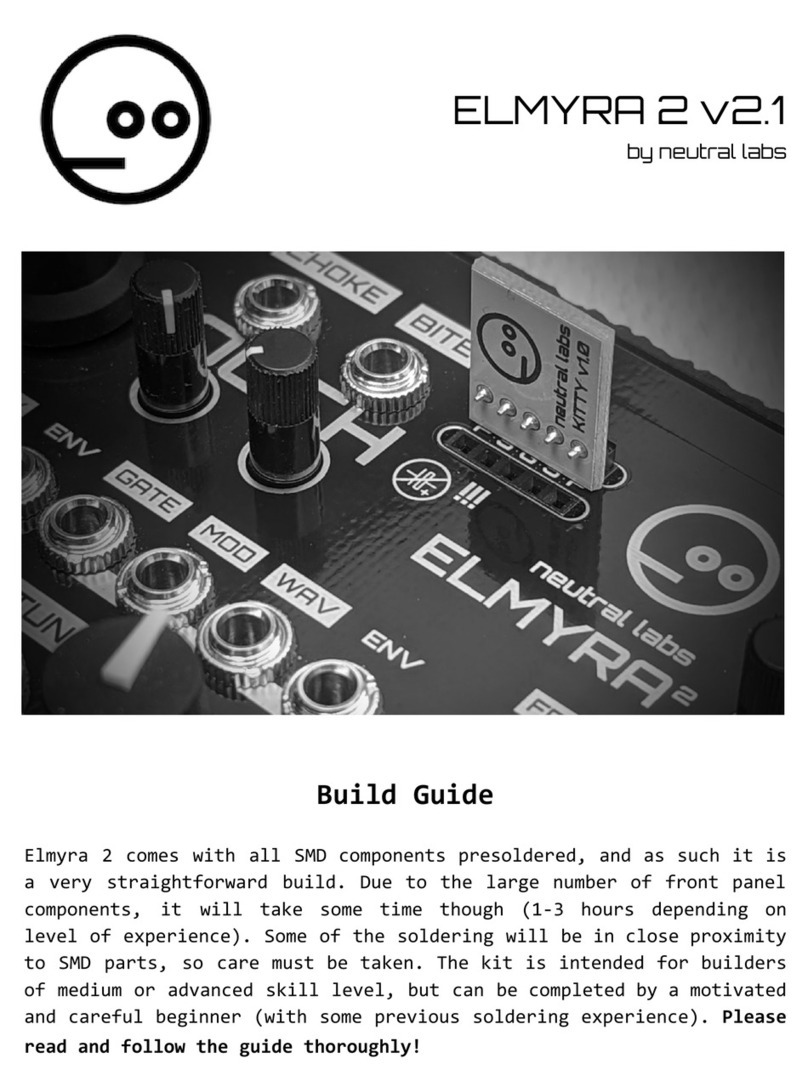The llghtnlngllash with enowheed symbol, wtthinanequllaiersi
trtengle, is Intended !alen me usee to S\b presence ot un-
insulated "dangerous voltage" within the product's enclosure
that may tie of sufflcisnt masnilude lo constitute ariaK of
el^ric shock lo persons.
The exdamatlon pc^nt within an equHater^ triar;^e Is intended
to alert the user to the preaerK» ol Important operating snti
matnlenancB (»f\rtcing) InstruMcns \n Ihe litefatura taxom-
panying the product.
IINSTRUCTIONS PERTAINING TO ARISK OF FIRE, ELECTRIC SHOCK OR lf4JURY TO PERSONS. |
MPORTANT SAFETY INSTRUCTIONS
WARNING When using alectTH: products, ba^c precBu-
ttons should always be Idlowed, inducing
the following;
1
.
Read aH the mstructlons before using the product.
2. Do not use this product near water- for example,
near abathtub, washbowl, Idtchen smk. in ewet
basmnent, or near a'swimming pod, or the like.
3. Ttils product should be used wily wiih acart or
startt! that is fecommsnded by the manufacture.
4. This prodiK:!, ether abne or in combination with an
amplifier arid headlines or speakers, may be
capable of producing sound levels that could caise
perm^ient hearing kss.
E3o not operate tor along period of tifT» at aNgh
volime level or at level thai Is unccMnfort^le. Kyou
experience any he^ng loss or ringing in me ears,
you stiould consist an aucSologisL
5. TTh product stKRjId be kicaied so that Ite location or
posltlwi does not interfere wHh tB properventHatitm.
6. The product should tte located away from heat
sources such as radiatora, heat reglsiera or other
pmducts that produce heal
7. "Hie product atiould avoid using in wtiere It may be
effected by dust
8. Tba product sfiDUld be connected to apower supply
only of ine type described in the operaUng insinic-
tior^ or as marked on me product
g. The power-s^iply cord ol the pmduct should be
unplugged from the outlet when left unused tor a
long period of lirne.
10. Do not tread wi Iha powef-suppiy cord.
11. Do not pull the cord hut hold the plug when
unplugging.
12. When setting up ksrith any other instruments, the
procedure should tie followed in accordem^ with
instructkm manual.
13. Cere ^lould be taken so that objects do not fall and
liquids are not S|:^lled into me endo^re through
iXienlngE.
14. The proc&jd should be smvlced by qualified SBivice
personnel wtien:
A: The power-supply coitl or itie plug has been
OamBged:Dr
B: Otqeds have fallen, aUquld has been spilled
Into IfiQ product; or
C: The product has been exposed to rain; or
D: The product does not appear to operate
nwtnaliy ot- extiitils amarked ctiange In pertor-
mancaior
E: TYie product has been dn^ped, or me enclosure
damaged.
15. Do not attempt to service the product beyond met
described in the user-maintenarx^e instructions. All
other servicing should be referred to quBllfled service
personnel.
SAVE THESE INSTRUCTIONS
ADVARSEL!
UthiiflrtHttffi. Ekst^osionsfare.
Udskjftrung mS kun foraUges af &[ sa^yndg,
og som beskrevet iservicemanual.
YARNING !
Uthii^batt^. Explosionsrisk.
Far endast bytas av behoig servicet^ker.
Se instmk^oiw iservii^namjabi
ADVARSEL!
Uthlumbatteri. Fare for ^plotion,
Mabare skiftes av kvaiifisert teknlks' som
beskrevet Is^cemanualsi.
VAROITUS !
UthiiiTtparisto. Rajahdysvaara.
Pariston saa vaihtaa ainoastaan
aian ammottimies.
WARNING
THIS APPARATUS MUST BE EARTH GROUNDED.
The three conductors of the mains
lead attacheci lo this apparatus are
identified with color as shown In the
table below, together with the
matching terminal on the UK type
power plug. When connecting the
mains iaad to a plug, be sure to
connect each conductor to the cor-
rect terminal, as indicated.
"This inatnictfon applies to the
product for Unitad Kingdom."
MAINS lEADS PLUG
Canduclor |Color Mark on tha matchIn gterminal
Live 1Brown Had or letier I
MsuitbI iBluB Black or letter N
Grounding Grasn-
YbIIow
Green, GrsBn-YBllow. letter E
or symbol
Bucheinigung das Hentellen /Importaurs
HlBrmil wird baichdnigl, itiQ dar/dic/dai
RQLAMD PROGRAMMABLE POLYPHONIC SVN-mESIi^R _JX-1D
lljn«. Ttp. auBcwmnvl
in ObercJruiiinmung mil dtn BBSiimmungeri dcr
Amtsfal. Vfg 1046 /1984
funk-antliori lit.
D«t Dautichan Bundespoil wurde Oii invwliBhrbfinBtn di*Ml GtHlBi
inoaiaiBt und dU BBrecMiBunu lur UbetpnJtung dor Serie auf Emhiltuns
[lir BBiltrnrnuneen aingarauml.
Roland Corporation Osaka /Japan^
IH*ri1«Hr'i/l,"Vuu'i
RADIO AND TELEVIStON INTERFERENCE
Iradia-fi*au*iiGV avflVr
I^W lo uH in
Iaqutprqant HccrUnd
nd uiad pnvaflv. (
Iand found id tamiilv wfll am Jlmlia lor Clin fi EBrtilwunB
IDuafiwiB'ia In fiuDun J, ol P«n 1S, of FCC Huivi^ Thna rutn wn
apraiiam rtnanMbtm vtaaetton kgiHW wdi miorfiiiwiEa in midamui itiisilfLkDn,
rJniwlamn will
ItMrir biputiflumui cibkn sna ii
rDM ponr b>h« ar »HO caha.
ThH* d*vt» UndHr '•oui'* HBUind jUnqnaiH VilataH I'D i
InnHHu BiMaidatf alM« irarn voui «v«r, ftn *
hAurtaranca by
Umi. If pu buwlbanaa wlov
Idaalar lor ui^nanGa
ainlarlorBnH Dv Vxa
Tui" IT
Moval
Mo«a I
Plug!
unTil ._
WaprihaDi^nDl
aquEnmaiu tanhar away
itana-pvuiii maHb'ai:
jninflBFwKaa Bm*.
IadfiaraiH otsM man Tha Tw vradia UMI «niai»
rlaiUo or iaiav4Wi aat ara on cncuiia cnnrroUad Of diHartPi timn
^^—.- -r lum,!
Conaldar mBlallinQ rpDlmp lalavtaibn ananiui wiih BQaaial aaUa laU-Jn baiwavn i
broaUraE
\ih* aobnimani i
.Fadaral Zitm-
TV,
HnfcvuaiV' voj nouU conaun,ri>ur oaaUf
HUtUonal hrtaaatKHL '
niHMGiUoni ComnuaMft
;
_
'Him m^oantHy and RavuvB Jtauia-IV I——^^^^^__
Tivia booUai »»*arialUB trw (ha US. aa«ran<nuni PrnnmB OniEa, Waihingian. V^c. JOtta,
Please read the separate volume "MIDI", before reading this owners manual.
Copyright ©1986 by ROLAND CORPORATION
All rights reserved. No part of this publication may be reproduced in
anvform without the written Dermission of ROLAND CORPORATiON.
